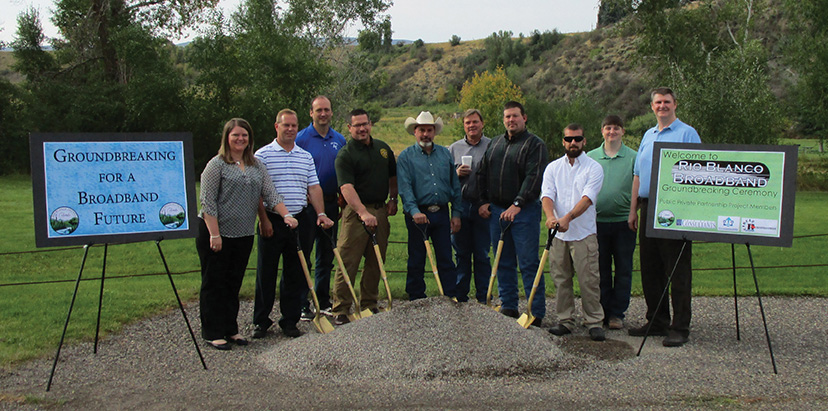How Rio Blanco Shows That a ‘Shared Network’ Can Make Sense in Rural Colorado
Broadband Breakfast Insight: A great article detailing the way that a rural community, even in a sparsely-populated region of Colorado, is able to make an open-access network work for the communities and residents of the region. -> Rio Blanco County Stays Relevant With Broadband, from Broadband Comm

Broadband Breakfast Insight: A great article detailing the way that a rural community, even in a sparsely-populated region of Colorado, is able to make an open-access network work for the communities and residents of the region. ->
Rio Blanco County Stays Relevant With Broadband, from Broadband Communities Magazine.
Colorado became a hotbed of community broadband activity several years ago when dozens of cities and counties began voting to override restrictive state legislation and take control of their broadband destinies. In November 2016 alone, 26 localities held broadband referenda; all 26 referenda passed, most of them by wide margins.
Rio Blanco County, a rural county in northwestern Colorado with a population of less than 7,000, held an override vote in 2014 and is now connecting customers to Rio Blanco Broadband, a network that will deliver fiber or wireless broadband access to nearly all premises. However, its story began much earlier, in 1999, when the school district in Meeker, the county seat, linked its buildings with fiber. Once the school network was up and running, the town of Meeker, the local library and the county hospital all requested to use the school district’s dark fiber – and the Meeker Metropolitan Area Network (Meeker MAN) was born. “It ran for a decade and a half, and we had an abnormal amount of IT cooperation,” says Blake Mobley, who was the IT director of the school district during that period.
In 2014, when the county decided to implement a modern broadband system, it recruited Mobley to be the county IT director because of his experience with the Meeker MAN. “It was the perfect storm,” Mobley says. “There was grassroots desire for broadband, the county commissioners were on board, the county had money to proceed and I had some experience with broadband.”
The county set a goal of obtaining the fastest internet access it could for as many people as it could and offering it at Google-type pricing ($70 for gigabit service). Formulating the policy goal in this way – rather than setting goals in terms of economic development or return on investment – was the first unique aspect of the project.
[more…]










Member discussion